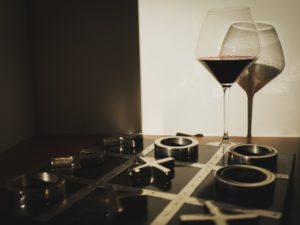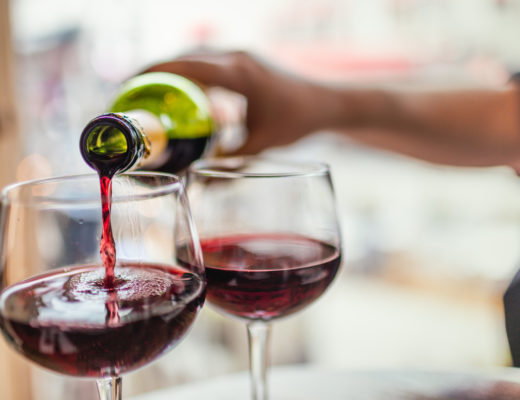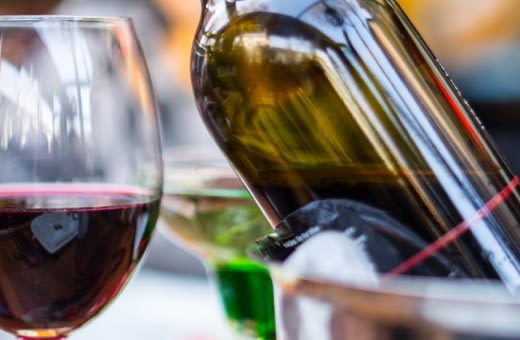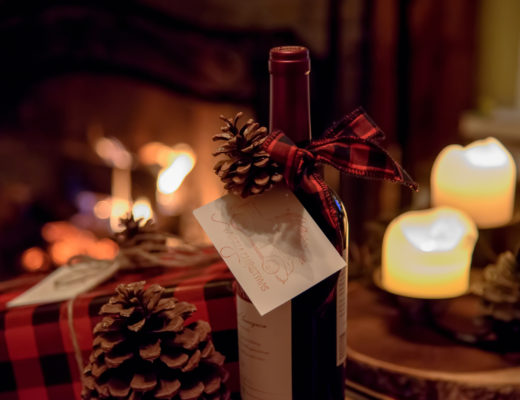by Brian Freedman
Becoming a savvy wine collector isn’t nearly as difficult as it might initially seem. Sure, the world of wine is a huge place—it’s called the world of wine for a reason: great bottles are produced in six of the seven continents!—but that doesn’t mean you should get overwhelmed with the prospect of starting to put together a collection that reflects all of that diversity and excitement.
In fact, the key to successful, savvy collecting is right there in those two words: Embracing all the diversity and excitement that wine offers, and being willing to taste and possibly fall for wine from all over the world, is the best way to begin. But the journey doesn’t end there. Assembling a great collection is a deeply personal undertaking, a journey of self-reflection as much as anything else. And it’s one that never really ends: Bottles get opened and enjoyed, which means that a great collector has an evergreen opportunity to replace those wines or to try something new. Or both! After all, there’s no law that says you have to drink the same thing all the time.
Here, then, are five tips for becoming a savvy collector. A full accounting of how to accomplish this goal could fill a 1,000-page book, but using these simple tips as a guide will ensure that your cellar or wine fridge or rack is always full of wines you can be proud of, enjoy no matter what the occasion, and in harmony with the ways in which you enjoy wine in your own life.
 Collect Broadly
Collect Broadly
The most famous regions are well-known and respected for a reason; Bordeaux’s Médoc and the best villages of Burgundy’s Côte de Nuits are benchmarks, of course, but there are also other sources of great Cabernet and Pinot that are worth your attention and money. Remain open to those wines—the high-altitude and deeply mineral Cabs from Argentina and the lush, generous, structured Pinots from Sonoma Coast comes to mind—and snap them up when you see them.
The same goes for white wines: The Chardonnays of Montrachet and Rieslings from Austria can be deliriously delicious and are often incredibly long-lived, but they don’t represent the end-all-be-all of collectible whites. Single-vineyard Albarino from Rias Baixas, mineral Sauvignon Blanc from Alto Adige, crisp and concentrated Gruner Veltliner from Austria’s Wachau region, and more will round out a collection beautifully.
Don’t Assume Price Equals Quality
Great wine rings in at a broad range of price points, and while there are certainly plenty of them out there that are worth dropping a car payment on, that doesn’t mean that more affordable bottles are in any way inferior. Scacciadiavoli Montefalco Sagrantino, though hard to pronounce, from a good vintage has the ability to age for well over a decade, and it’s typically priced low enough to make it possible to purchase half a case without giving it a second thought—under $30 a bottle is more or less standard.
The same goes for the world-class Pinot Noirs of Oregon’s Willamette Valley: Bergstrom and Ponzi, for example, can both be found for well under $100 per bottle, and deliver twice that amount in pleasure and potential evolution. It really all depends what your personal budget is, what you value in a wine (fruit-driven flavors vs. earthier ones, longevity vs. freshness, and more), and how much you want to spend.
Great collections come in all styles and sizes; just because you don’t have display racks of Pétrus and Domaine de la Romanée-Conti doesn’t mean your collection isn’t thoughtful and worthy of pride.
 Look Outside of Marquee Regions
Look Outside of Marquee Regions
Between the cost of vineyard land and the subsequent elevated price of Cabernet Sauvignon from Napa Valley, the best values are often found outside of the appellation. Don’t ignore Napa—please don’t do that!—as it’s home to some of the best, most overtly delicious reds in the world, but make sure to branch out to other regions, as well.
Think Sonoma, Paso Robles, and Mendocino, among others domestically, and places like the Coonawarra in Australia, Washington State, South Africa’s Western Cape, and more internationally. When it’s grown in the right place and vinified with care and attention, Cabernet Sauvignon possesses all of the ingredients necessary for a long, leisurely evolution in the cellar: A balance between assertive tannins and fresh acidity, concentration that doesn’t devolve into jamminess, and a expressive fruit character that finds its counterpoint in the cedar-, tobacco-, and balsamic-driven notes that tend to emerge with age. The wine world is gloriously big; the savviest collectors are open to it all.

Famous Names are Great, but Wines are not Kardashians
Sure, we’d all love a cellar full of First Growths, Napa cult Cabernets, and verticals of Penfolds Grange. Who wouldn’t? But even with collectors for whom money is no object, the best cellars are stuffed with a range of producers that reflect the ever-shifting world of new appellations, unexpected grape varieties, and visionary producers. The key is to keep an open mind, and to taste as broadly as possible. Haven’t checked out the astounding Cabernets from Moss Wood in Margaret River, the most remote wine region in the world (it’s a three-hour drive from Perth)? Or the incredibly expressive sparkling wines of Italy’s Franciacorta? Seek them out!
Passionate cinephiles don’t spend their days watching and re-watching Citizen Kane and The Godfather on repeat; music lovers keep more than Beethoven’s Ninth and Bach’s Goldberg Variations on rotation. The savviest wine collectors pop corks from bottles at a range of price points, in a whole host of styles crafted from grape varieties that may or may not be all that well-known, and from producers famous and less so from around the world.
 Be Ready for Any Wine Emergency
Be Ready for Any Wine Emergency
Maybe you’re having an impromptu dinner party and need a handful of rich reds to open up alongside the braised short ribs. Or it’s a Monday night and your partner or roommate just called to say they’ll be home with fried chicken from your favorite local spot and you have only 45 minutes to figure out which Champagne to chill (and trust us here: Champagne with fried chicken is one of the great pairings you can experience). Maybe the boss invited you out to that new BYOB restaurant and you want to bring something to really impress her. A savvy collector will have options.
So buy broadly, across the continuum of price points, and include wines that not only require short- to medium-term aging, but also some that you can put away and forget about for a decade—until they’ve gone through that alchemy that great mature wine does—and emerged from their slumber as a wholly new and thoroughly transfixing treat. Keep a bottle of Michel Turgy Blanc de Blancs and another of Champagne Palmer Brut Rose on hand—both are great now and will age gracefully for several years. Have a bottle of Halpin Cabernet, Penner-Ash Pinot Noir and a few different bottles of Beaujolais Crus (Morgon, Moulin-a-Vent, Chiroubles, etc.) on hand, just in case.
Because you never know when a wine emergency will strike, and you should always have a bottle or three ready for it…no matter what the situation calls for.





